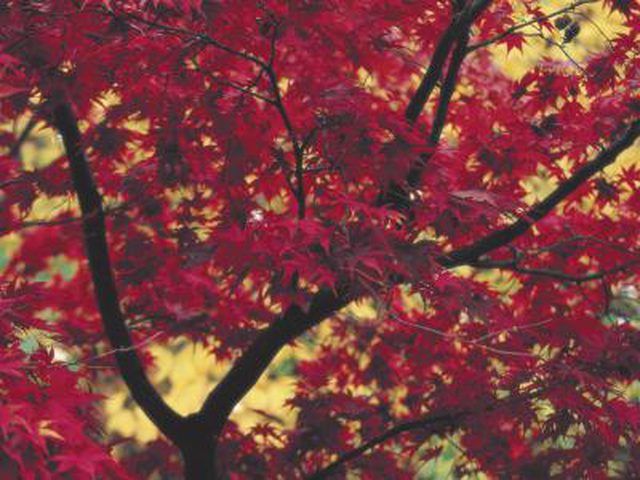Bulbs
Flower Basics
Flower Beds & Specialty Gardens
Flower Garden
Garden Furniture
Garden Gnomes
Garden Seeds
Garden Sheds
Garden Statues
Garden Tools & Supplies
Gardening Basics
Green & Organic
Groundcovers & Vines
Growing Annuals
Growing Basil
Growing Beans
Growing Berries
Growing Blueberries
Growing Cactus
Growing Corn
Growing Cotton
Growing Edibles
Growing Flowers
Growing Garlic
Growing Grapes
Growing Grass
Growing Herbs
Growing Jasmine
Growing Mint
Growing Mushrooms
Orchids
Growing Peanuts
Growing Perennials
Growing Plants
Growing Rosemary
Growing Roses
Growing Strawberries
Growing Sunflowers
Growing Thyme
Growing Tomatoes
Growing Tulips
Growing Vegetables
Herb Basics
Herb Garden
Indoor Growing
Landscaping Basics
Landscaping Patios
Landscaping Plants
Landscaping Shrubs
Landscaping Trees
Landscaping Walks & Pathways
Lawn Basics
Lawn Maintenance
Lawn Mowers
Lawn Ornaments
Lawn Planting
Lawn Tools
Outdoor Growing
Overall Landscape Planning
Pests, Weeds & Problems
Plant Basics
Rock Garden
Rose Garden
Shrubs
Soil
Specialty Gardens
Trees
Vegetable Garden
Yard Maintenance
White Spots on Red Maple Tree Leaves
White Spots on Red Maple Tree Leaves. When the leaves of many types of plants develop white spots, it is generally a sign of mealybugs. The small insects resemble white spots on plants. Mealybugs damage plants including red maple trees but can be controlled with insecticides.

When the leaves of many types of plants develop white spots, it is generally a sign of mealybugs. The small insects resemble white spots on plants. Mealybugs damage plants including red maple trees but can be controlled with insecticides.
Identification
The red maple is a member of the Acer family and found in the eastern United States. The fast-growing deciduous tree can be recognized by its bright red pyramidal leaves. Like many trees, it is susceptible to pests like mealybugs. The insects are tiny soft-bodied flat organisms that are covered in white wax. They resemble white spots on leaves. Large colonies of mealybugs resemble cotton.
Effects
Mealybugs use their piercing mouths to suck the sap out of leaves, depriving the plant of nutrients. They also leave a sticky residue that is a breeding ground for the fungal disease black mold.
Control
Mealybug insecticides available to home gardeners include natural and chemical insecticides. Look for horticultural oils that contain neem oil to suffocate mealybugs. If you prefer chemical insecticides, look for products that contain permethrin or pyrethrin as the active ingredient.